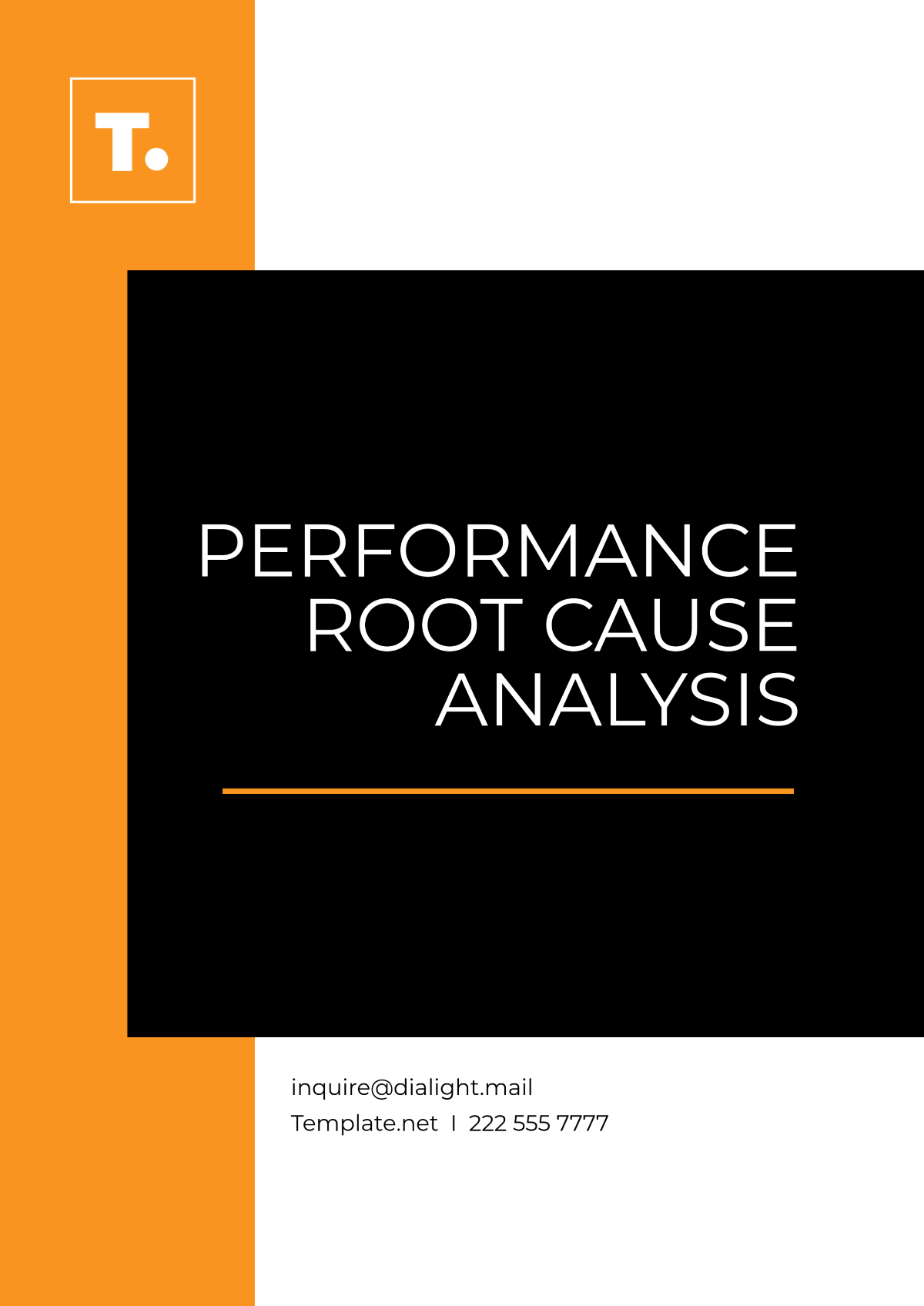Infection Control Root Cause Analysis
Prepared By: [YOUR NAME]
Date: January 1, 2060
I. Incident Overview
On March 10, 2062, City Hospital experienced a significant breach in infection control protocol within the ICU department. This incident resulted in a rapid outbreak of Methicillin-resistant Staphylococcus aureus (MRSA), affecting eight patients and potentially placing medical staff at risk. The affected patients exhibited symptoms of severe infections, leading to extended hospital stays and additional treatment interventions.
II. Timeline of Events
Date | Event |
|---|---|
March 1, 2062 | Routine cleaning and disinfection of ICU units were performed. |
March 4, 2062 | Two patients in the ICU begin showing symptoms of infection. |
March 10, 2062 | The outbreak was confirmed and MRSA was identified as the pathogen. |
March 12, 2062 | Investigation launched by the Hospital's Infection Control team. |
March 20, 2062 | Initial findings were shared with hospital management. |
III. Root Cause Analysis
A. 5 Whys Analysis
Why did the MRSA outbreak occur?
The MRSA outbreak occurred due to improper hand hygiene practices.
Why were hand hygiene practices improper?
Staff was under-trained in infection control protocols.
Why was staff under-trained?
Recent staff turnover and lack of comprehensive induction training.
Why was there a lack of comprehensive induction training?
Training schedules were disrupted due to resource constraints.
Why were there resource constraints?
Budget cuts lead to reduced training resources.
B. Fishbone Diagram Examination
The fishbone diagram helped identify categories of potential causes, including:
Personnel: Insufficient training on infection control.
Procedures: Inefficient infection control protocols.
Equipment: Inadequate availability of hand hygiene supplies.
Environment: Overcrowded ICU conditions.
IV. Infection Data Analysis
The data indicated a sudden spike in MRSA cases with eight patients affected between March 4 and March 10, 2062. The majority of cases involved elderly patients, aged between 65-80 years, with multiple co-morbidities. Environmental factors, such as poor ventilation and high occupancy rates, may have contributed to the rapid transmission of the infection.
V. Contributing Factors
Staff Behavior: Skipping hand hygiene due to workload pressures.
Processes: Lack of real-time monitoring of infection control practices.
Equipment: Insufficient supply of personal protective equipment (PPE).
Environmental Conditions: High occupancy rates in ICU leading to constrained infection control measures.
VI. Corrective Actions
The following solutions are proposed to address the root causes:
Enhance staff training programs on infection control measures.
Reinstate comprehensive induction training sessions for new staff.
Install real-time monitoring systems for hand hygiene compliance.
Allocate funds to increase PPE stock and accessibility.
VII. Preventive Measures
To prevent recurrence, the following recommendations are made:
Implement regular refresher courses on infection control for all staff.
Develop a robust infection control policy with clear accountability measures.
Conduct regular audits of ICU protocols and environments.
Ensure maintenance of appropriate nurse-to-patient ratios to ease workload pressures.
VIII. Responsible Parties and Timeline
Task | Responsible Party | Deadline |
|---|---|---|
Review and update training programs | Head of HR and Training | April 30, 2062 |
Procure additional PPE supplies | Procurement Manager | March 25, 2062 |
Install monitoring systems for hand hygiene | IT Department | May 15, 2062 |

















































